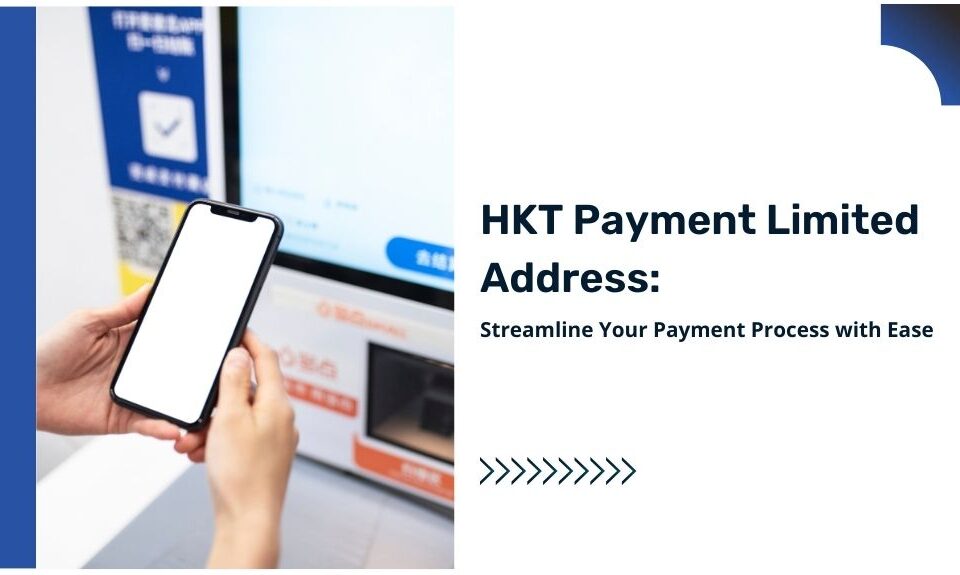How to Sell Residuals from Your Merchant Account Portfolio
Residuals: What they Are and How They Are Calculated on My Merchant Portfolio
June 2, 2022How Much Is a Merchant Portfolio Worth?
June 2, 2022If your merchant portfolio account has become profitable, you may want to consider using it as cash leverage. One way to do that is by selling its residuals. Selling your residuals could be a solution and a smart financial decision, whether you need emergency funds or want to use the money as capital for a new business idea.
In this article, we’ll go over the details of a merchant residual buyout, the things that factors that add value to a residual portfolio and give you tips on selling your residuals.
What is a Merchant Residual Buyout?
When you sell your merchant residual portfolio, you are selling your right to any future income generated by it. This means the new owner gets all the future residual revenue that your portfolio generates. You can either sell your entire portfolio or only a portion of it. Selling your entire portfolio is exactly what it sounds while selling a portion means just selling the rights to specific accounts within it.
In order to be considered for a buyout process, the accounts that you are selling must have been active for at least one month. However, if you want to get the most out of the sale it should be active for three months in order to become “seasoned”. In addition, the buyout process does not affect your upfront payout, nor does the processor take any of it back when the buyout is completed. They only get the rights to future residuals. They will, however, deduct from the buyout if you have a negative balance on the sales report.
There are multiple reasons why a portfolio holder can choose to sell their residuals, but two, in particular, stand out. Selling your residuals as a way to recoup some of the initial investment or using it as a way to stabilize your business.
You want to grow your residuals, not sell them at the first opportunity, so buyouts should be limited to situations where they are needed.
How Does Selling a Residual Portfolio Work?
After you’ve confirmed the details surrounding your ISO/Agents agreements, you’re ready to put your portfolio on the market.
Most buyers will ask for 12 or 24 monthly residual income data to verify the portfolio’s performance. After you have provided that, the prospect will submit a soft offer or LOI. Once accepted, the prospect will present a Purchase Agreement to the seller as well as the 12 and 24-month payout.
The seller may request a Consent for Assignments of Residuals from their ISO or processor. Once the buyer and seller sign the Purchase Agreement, and the buyer, seller, and ISO all sign the Consent for Assignments of Residuals, the deal is complete.
Who are the Potential Residual Buyers?
While many buyers may be interested in a merchant’s residual portfolio, the ISO where the accounts are stored is usually the top buyer. This is because merchant accounts are a quick way for ISOs to build their businesses. Since they don’t require much marketing and they already have access to the account’s historical data, therefore making it easy to determine whether buying the account is a good idea or not. If the ISO thinks it is a wise decision, it will purchase the residual portfolio, increasing its direct residual revenue from its existing customer base.
It is important to note that you can always sell your residuals regardless of the size of your portfolio. Buyers are looking for residuals of all sizes.
What Makes a Residual Portfolio Attractive?
Certain factors make your merchant account portfolio stand out to potential buyers if you’re looking to sell residuals from it. When you decide to sell your portfolio, these factors will increase its value. They are as follows:
- Attrition rate
- Age of the portfolio
- Basis point spread
- The diversity of your residual portfolio
- The 3, 6, and 12-month income that your portfolio generates.
The prospect will need to evaluate your portfolio’s most recent 12 and 24 monthly data reports to perform a valuation. They will also require a copy of your ISO/Agent agreement.
Tips Before Selling Your Residuals.
Before selling your residuals there are certain factors you need to consider.
Do you own the residuals?
Before you sell your residuals, you should contact your ISO and confirm ownership of the residuals in your portfolio. While this may seem absurd, some credit card processing programs do not allow merchant agents to own the residuals in their portfolios. Their agreements only allow you to earn money from residuals as long as you continue to work for them. If you attempt to leave, the company will seize your portfolios. So, before you decide to sell, make sure you own the residuals in your portfolio.
What happens to the residuals after you sell?
While the company may confirm your ownership of the residuals, the next question you should ask is what happens to the residuals if you are unable to keep bringing in merchants. Before you sell your residuals, make sure that the agreements will benefit the potential buyer. If your ISO/Agent agreement states that you must meet a certain sales quota to earn money, your residuals may not be appealing to a prospect.
What if the ISO sells out?
Confirm the specifics of what would happen if the ISO decided to sell out. You must be certain that if they do sell out, your residual portfolio will be unaffected. Sometimes, ISO or processor agreements don’t allow the agent ownership over the residuals when they sell out.
Conclusion
You can sell residuals from your merchant account portfolio if you’re short on cash or simply want out of the business. You will find a buyer regardless of the size of your portfolio. To get the most out of your residual sale, ask your ISO if the residuals are yours, what happens to the residuals if something happens to you, or if the ISO sells out. Before opting for a loan consider selling some of your residuals or even your entire merchant account portfolio.



